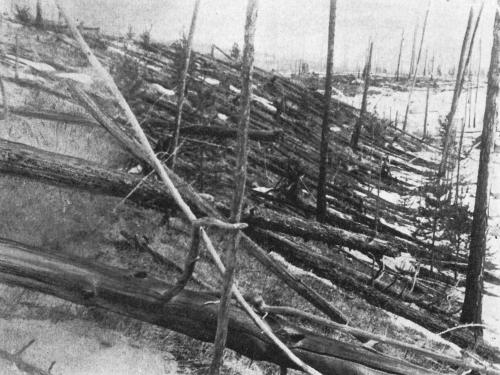TIROS (Television Infrared Observation Satellite) I, launched in April 1960, was the world's first weather satellite. TIROS imaged large swaths of the Earth's surface, allowing forecasters and scientists to see directly for the first time the large-scale features of our planet's weather systems. Operating for three months, the satellite transmitted thousands of images of cloud patterns and other phenomena to ground stations.
This is an engineering model assembled from spare components of the magnetic tape data recorder flown on Tiros I, the first weather satellite. The instrument was designed to record television images gathered by the satellite's sensors and later, as the spacecraft passed over Earth ground stations, play back the data. This technology provided the first television images from space.
Lockheed Martin donated this artifact to the Museum in 1998.
Display Status
This object is on display in James S. McDonnell Space Hangar at the Steven F. Udvar-Hazy Center in Chantilly, VA.
Object Details
Country of Origin
United States of America
Type
SPACECRAFT-Uncrewed-Instruments & Payloads
Manufacturer
Radio Corporation of America
Dimensions
Overall: 7 in. tall (17.8cm)
Other: 13 in. diameter x 7 in. tall (33 x 17.8cm)
Materials
Overall: aluminum, ceramics, palstics, copper
Inventory Number
A19980293000
Credit Line
Gift of Lockheed Martin
Data Source
National Air and Space Museum
Restrictions & Rights
Usage conditions apply
For more information, visit the Smithsonians Terms of Use.
